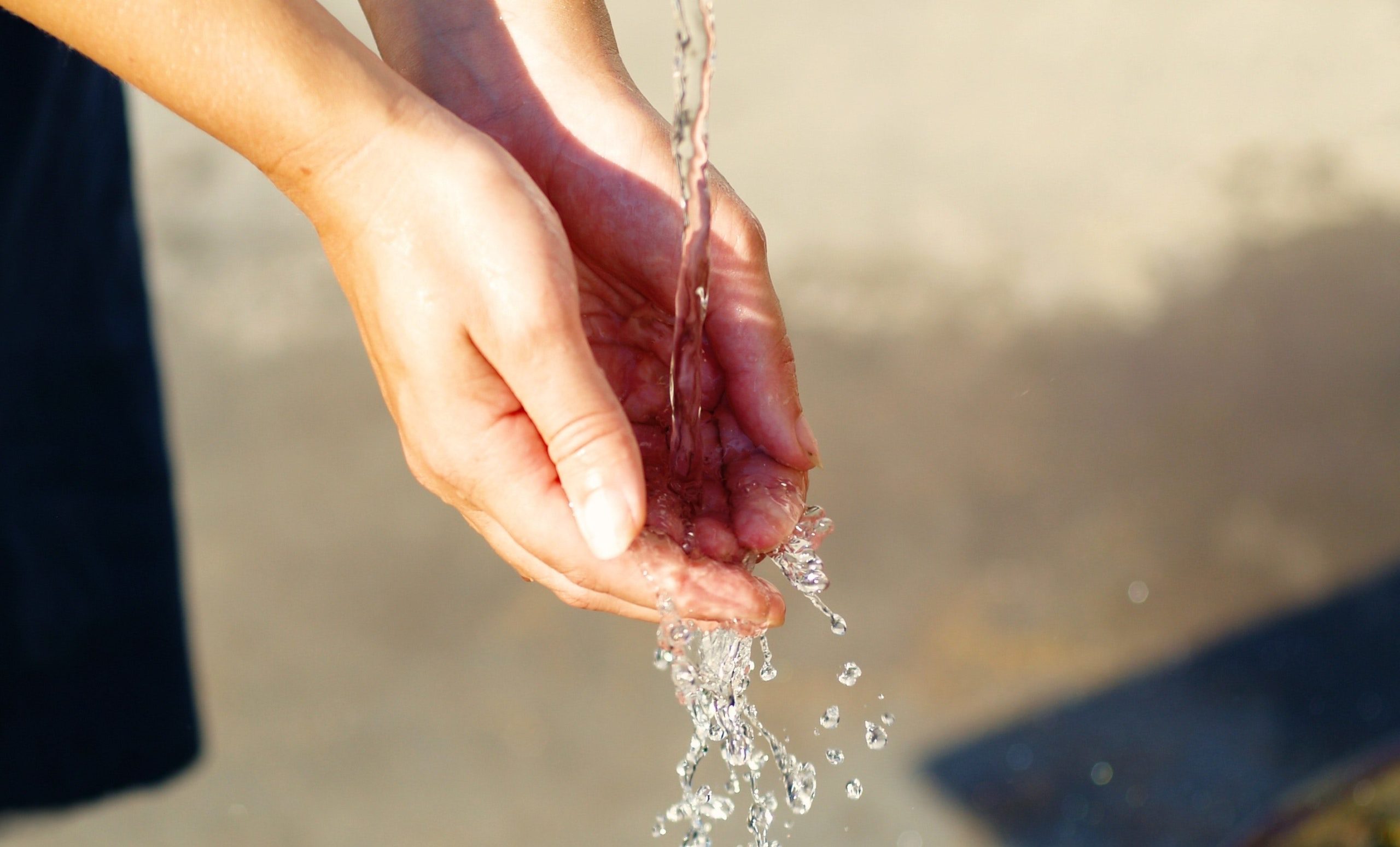The Scottish government has said it is planning for water scarcity amid amber heat-health alerts from the UK Met Office and the UK Health Security Agency (UKHSA).
The government has called for the public and businesses to use water carefully as dry weather conditions are expected to persist and water demand rises.
First Minister Humza Yousaf chaired a meeting of the Scottish government’s resilience room yesterday (Thursday, June 8).
The meeting was attended by Yousaf’s deputy, Shona Robison, and the justice and home affairs secretary Angela Constance, as well as the Scottish Environment Protection Agency (SEPA), Scottish Water and the Met Office.
The Met Office has forecasted temperatures as high as 30° over the next few days. The meeting of the resilience room considered preparations and mitigations in the event of “further water scarcity”.
The government warned that, following a drier-than-normal winter and spring, water levels in reservoirs are lower than would be expected for this time of year.
“While there is no immediate risk to public water supplies, water levels are much lower than usual for the time of year, particularly in parts of north and southern Scotland,” Yousaf said.
“With little significant rain forecast, shortages could become more likely and potentially more widespread.
“Everyone needs to use water responsibly. I urge businesses and the public to follow the guidance provided by SEPA and Scottish Water on the measures that need to be taken.”
Water supply
Yousaf said the Scottish government has reopened the emergency scheme to provide bottled water to any homes on private water supplies that need it.
He urged any householders in need of the support to contact their local council.
“Businesses extracting water directly from the environment are also being urged to put their water scarcity plans into action now to reduce pressure on the environment,” he said.
“The Scottish government and partners are monitoring the situation closely and considering appropriate measures to mitigate potential future impacts.”
Scottish Water has reported that consumer demand has increased sharply since last weekend which has put pressure on reservoirs, treatment works and water mains.
SEPA reported that, in the north of Scotland, the Loch Maree area has been raised to the Significant Water Scarcity level – the highest level – and the Ness area has increased to Moderate Water Scarcity, as well as the Esk area Dumfriesshire.

